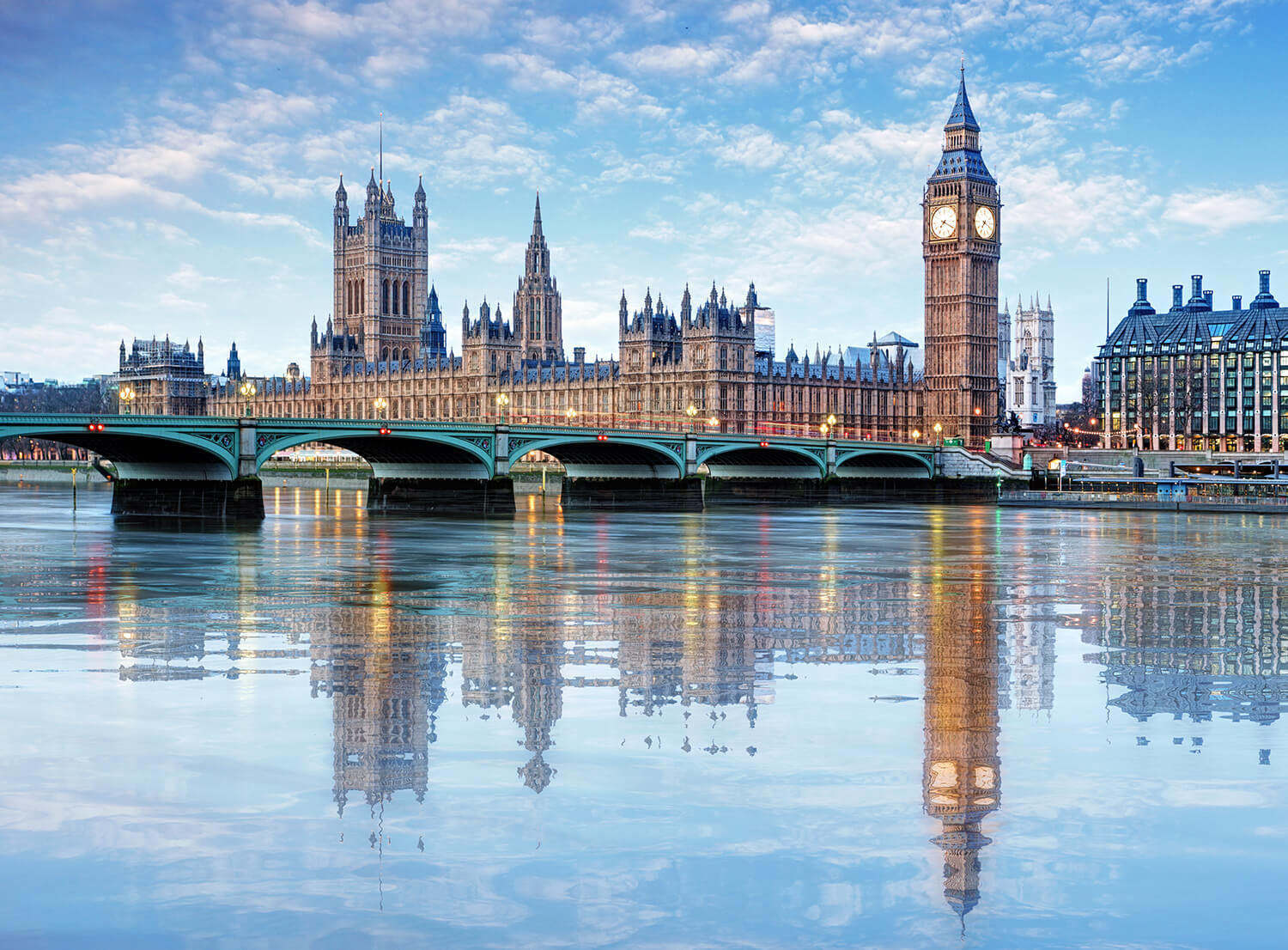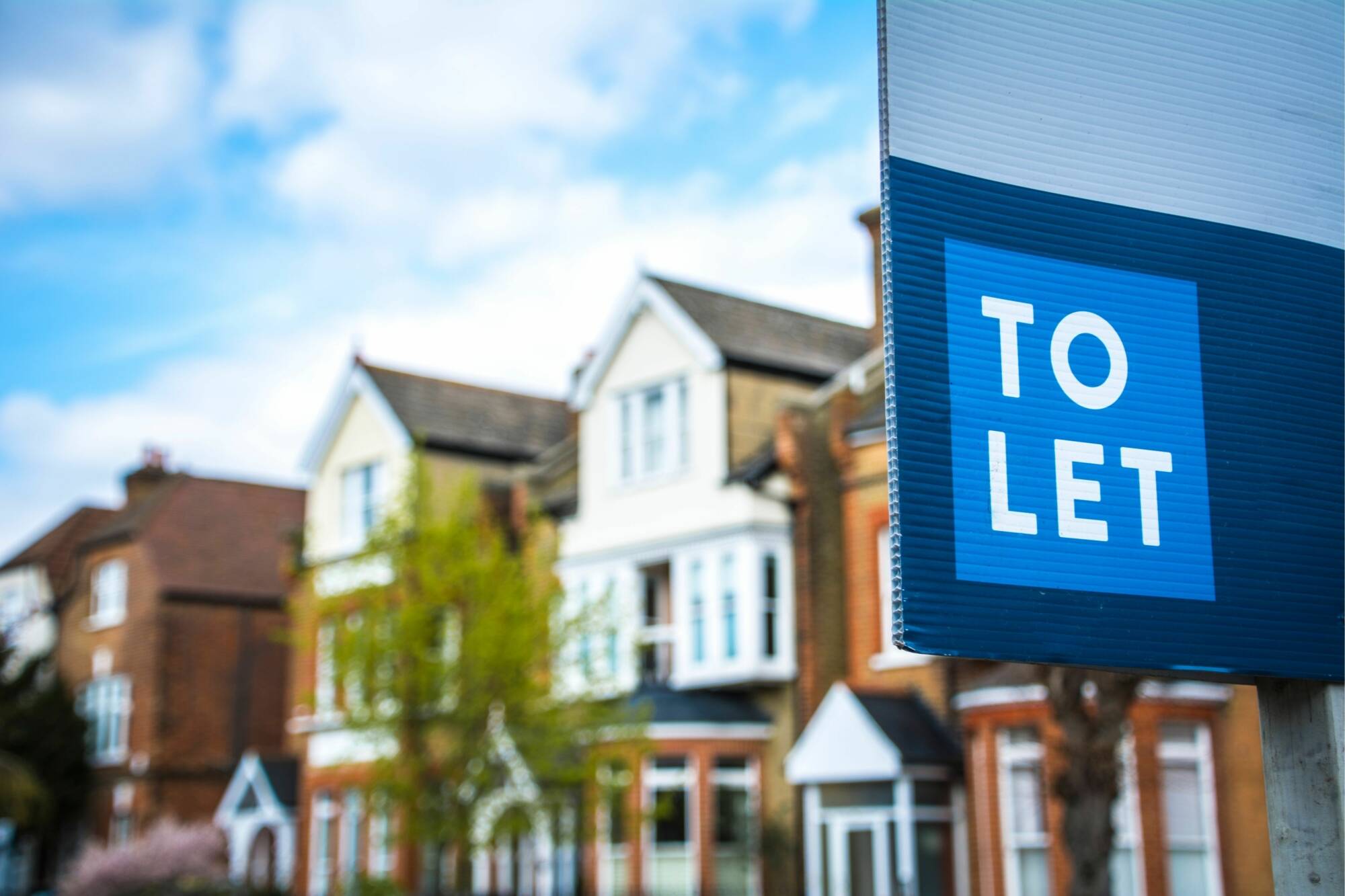Government Digital Service's (GDS's) Mandate for central government to use UPRNs and USRNs raises simple questions but provides astonishing answers.
Good addressing makes great government easier. Policies can’t be shaped, decisions can’t be taken, unless the impact on people can be predicted. More importantly, detailed information about an address make it possible for one department in central government to capture all the value being created by another department’s budgets. How? Via the UPRN and USRN.

What are UPRNs and UPRNs?
There’s one UPRN (a unique property reference number), for every addressable location in Great Britain. Houses and flats in tower blocks, school buildings and hospitals, even physical objects we don’t imagine having an address like ponds, electricity substations and bus stations. In a similar way, there’s one USRN (a unique street reference number), for every street in Great Britain. These references never change. From the planning stage, to building, and on through to demolition.
Most importantly, there are few aspects of central and local government that do not use location as a reference point in some way – to underpin analysis, to identify value, to help different departments liaise with each other and find economies of scale, and efficiency.
What has changed?
In April 2020, the Government Digital Service mandated the use of UPRNs and USRNs as the standard way of referencing and sharing information about location across government. There’s no charge to access this technology, these are royalty-free datasets that are backed with all the support and expertise needed to use them.
“UPRNs and USRNs link data that exists in different datasets. We have seen that the inclusion of these reference points – in technology or digital or data projects of all sizes and scopes – delivers value that is in excess of any investment needed. That is why we have now mandated their use. We look forward to departments coming forward to find out more about capturing that potential for the benefit of their audiences.”
- Terence Eden, Senior Technology Policy Advisor, Government Digital Service
“The mandate is there to use UPRNs and USRNs. And the expertise and support are there too. Here at GeoPlace, our role involves creating those references, managing their quality, and working with third parties to help them get the best from these open datasets. Location data can be a complex subject, at a technical level, but we specialise in helping organisations to explore how they could be using these references, easily, to achieve their aims faster and better.”
- Steven Brandwood, Executive Director of Communities, GeoPlace

Why use UPRNs and USRNs?
The UPRN and USRN are golden threads that make it possible to link data seamlessly, sharing analysis between different organisations. This means that different departments can use this reference to exchange information, instantly, and be confident about its integrity and currency.
Because UPRNs and USRNs are presented in such a simple format, they can be used easily by many technologies such as databases, spreadsheets, XML/GML schema and linked data. Ordnance Survey’s Open UPRN and USRN datasets also hold geometry from AddressBase Premium and OS MasterMap Highways Network, which means that UPRNs and USRNs can also be used in mapping applications, visualisations, and dashboards to help disparate teams work on the same data, with confidence.
UPRNs shaping policy
Accurate addressing makes a tremendous difference to analysis and policy-making. The UPRN removes doubt about the data driving decisions on communication, health, welfare, education, customer targeting – and more.
UPRNs enabling analysis
A developer wants to evaluate locations before submitting planning applications. UPRNs enable detailed analysis and modelling of risk, routes, local infrastructure, and the impact of change on the environment.
UPRNs protecting privacy
A social care team needs to protect the identities of vulnerable householders but wants to share data with a firm providing meals on wheels. A set of UPRNs provides a practical solution without revealing personal details.
USRNs securing funding
The Department for Transport provides funding to local government’s highways departments based on the actual length of road network in each are. USRNs are used in this calculation.
USRNs supporting renewable energy
Utilities use USRNs to check on planned streetworks and see how they might impact local underground heating systems, resulting in safer works for operatives and the public.
UPRNs leading to efficiency
Organisations and local authorities often have siloed departments that must work collaboratively. Education with bus services, for example; asset-management with human resources. UPRNs connect that data accurately.



